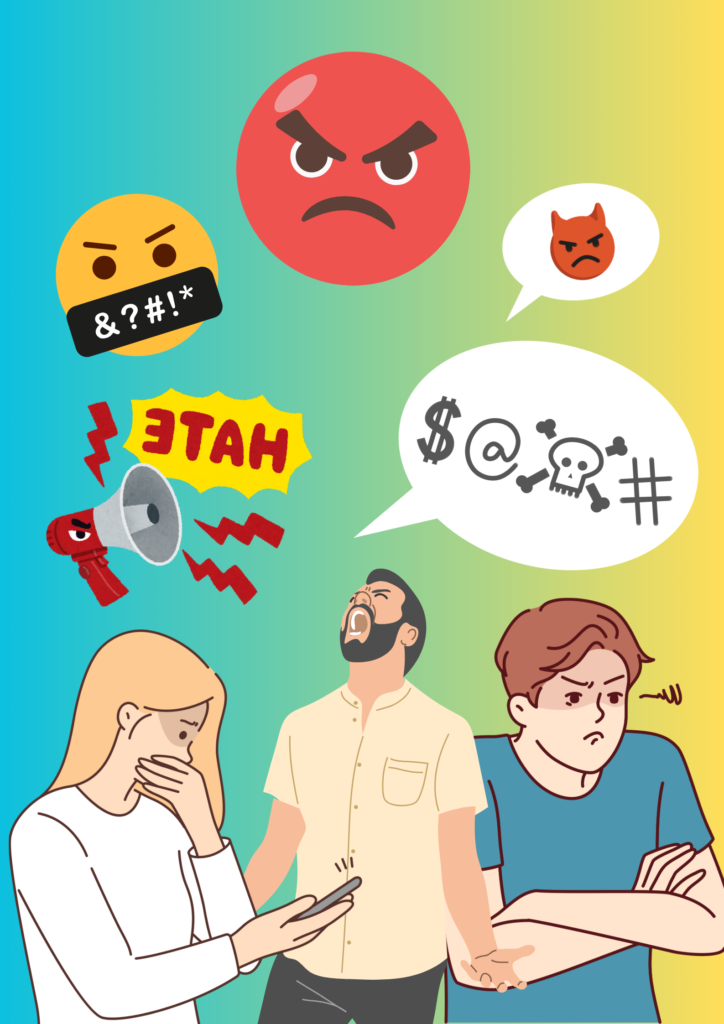Monitoring and Mitigating Hate Speech on Social Media Platforms

The advent of social media platforms has revolutionized communication, enabling global connectivity and information sharing. However, alongside the positive aspects, these platforms also harbor hate speech, posing significant challenges. We will delve into the complexities of regulating hate speech online, emphasizing the delicate balance between freedom of expression and the need to combat harmful content. We also propose practical strategies for social media platforms to create safer digital environments.
Defining Hate Speech: A Complex Task
- Global Reach: The internet connects billions of users, allowing instantaneous dissemination of messages.
- Positive Aspects: Social media facilitates knowledge exchange, disaster response, and community building.
- Negative Impact: Offensive content, incitements to violence, and discriminatory language spread rapidly online.
Freedom of Speech vs. Harmful Content
- Legal Protections: Freedom of speech is a fundamental right protected by constitutions and international agreements.
- Balancing Act: Regulating hate speech necessitates distinguishing between legitimate expression and harmful discourse.
- Avoiding Overreach: Striking the right balance is crucial; excessive regulation may inadvertently suppress valid speech.
Challenges in Regulating Online Hate Speech
- Self-Published Platforms: Unlike traditional media, social media lacks external editorial oversight.
- Shared Understanding: Countries must collectively recognize the importance of free expression.
- Autonomy and Democracy: Speaking our minds is essential for individual autonomy and democratic processes.
- Truth and Accountability: Open discourse enables fact-checking, informed voting, and holding leaders accountable.
Practical Approaches for Social Media Platforms
- Strengthen Rule Enforcement:
- Platforms should rigorously apply existing guidelines against hate speech.
- Data-Driven Insights:
- Analyzing data from extremist sources can enhance hate speech detection models.
- Linguistic Markers:
- Identify language patterns associated with hate speech.
- Nuanced Profanity Analysis:
- Profanity alone doesn’t always indicate harmful content.
- Training Moderators and Algorithms:
- Equip human moderators and AI systems to recognize dangerous conversations.
Balancing free expression with the fight against hate speech remains an ongoing challenge. Social media platforms wield significant influence in shaping online discourse. By actively monitoring and blocking hateful language, they can foster safer spaces where users engage in constructive discussions without fear of harassment or discrimination. Let us strive for a digital world that promotes dialogue, empathy, and mutual respect.




















